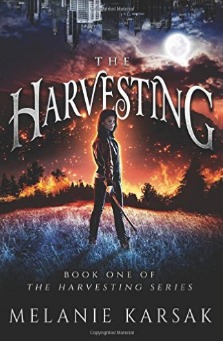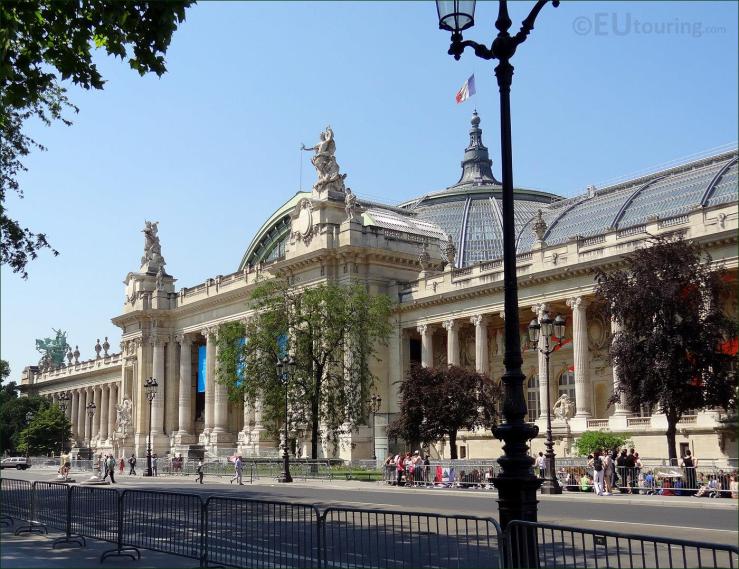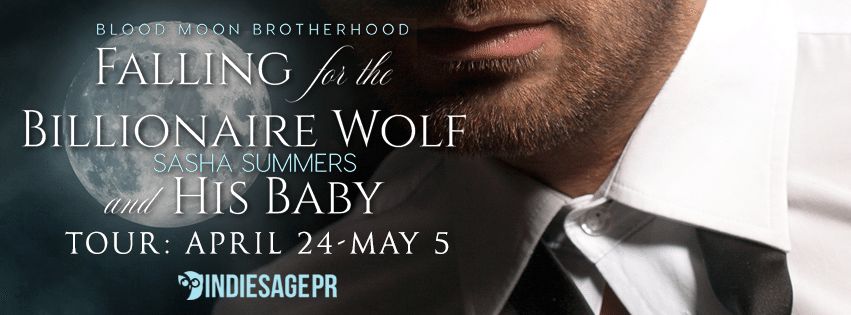Revenge Of Shinobi
Very few games of the 16 bit era have ever reached such iconic status for such a myriad of reasons. This was one of the first titles to appear on the Sega Mega Drive and became an instant classic, a sequel to the well-received Shinobi – which originated in the arcades and then had been endlessly – and shamelessly ported across a variety of 8 bit consoles and microcomputers. Revenge of Shinobi took the players on an adventure spanning across the globe to, once again, fight the evil Zeeb.
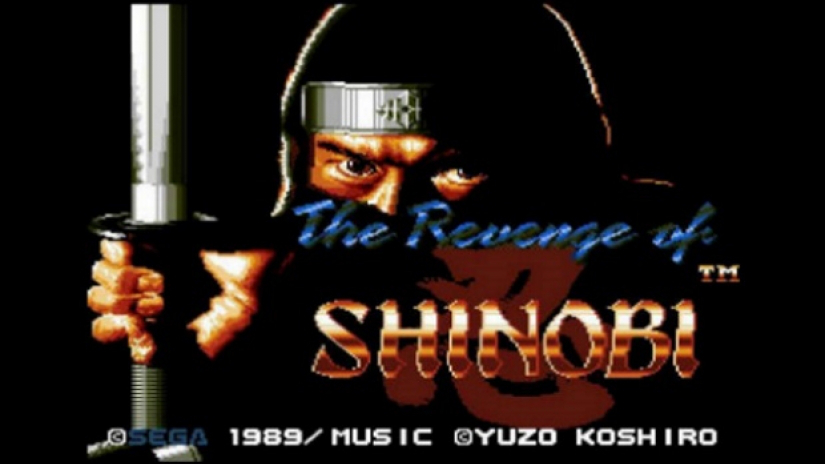
The motivation will be all too familiar for those who have played the Double Dragon series – a girl, yes, your girlfriend has been kidnapped (you would think that no one would ever be as stupid as to mess around with a Super Ninja’s other half!) and Joe (our Ninja hero) is suitably annoyed, so he set’s off around the world, destroying Zeeb bases as he goes. Glorious explosions , Somersaulting whilst firing 12 shuriken’s in a might spray attack and some, interesting (and legally controversial) bosses are the hallmarks of this game.
As mentioned, this is a sequel to Sega’s fast-paced, original, arcade action title, which was very similar in style to Namco’s Rolling Thunder. It required you to race through the level as Joe Musashi and rescue kidnapped children. Revenge of Shinobi captured everything that was popular about that game and improved almost every aspect.
Presenting the player with a mixture of platforming and action and engaging them with stunning visuals and effects and wrapping all of this in a thumpingly good soundtrack, this was the game you wanted with your Mega Drive purchase! The pace was altered from the original game, Revenge of Shinobi was slower, more deliberate – no longer did you race through a level at break neck speed, now you could fully appreciate the levels as you moved through them. An energy bar system was also created which complimented the difficultly of the title far more that the original’s ‘one hit kill’ mechanic ever would have done.
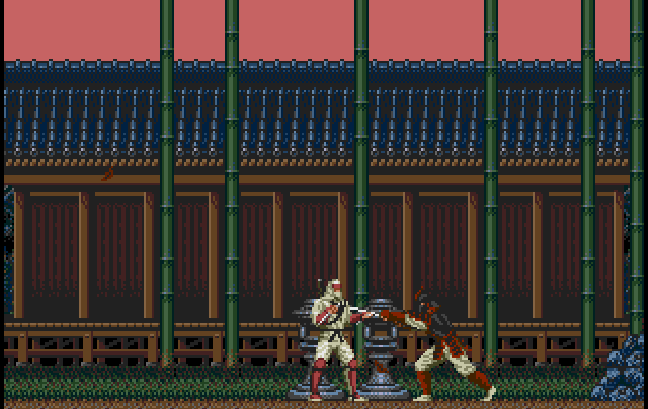
Revenge of Shinobi painted a canvas of startling beauty, light years away from the perfunctory visuals which accompanied it’s predecessor. The many, varied locations that Musashi travelled through portrayed an incredible amount of detail, from making your way through a mystical forest, with trees swaying in the wind atmospherically to racing atop of a speeding train, the set pieces and design were astonishing and exciting. It’s a treat to take in the huge, cascading waterfalls, the effect of the moonlight as you move through an area cutting down enemies ruthlessly across a skyscraper rooftop, the visuals are evocative in a way very few games had been before.
The level design sees our ninja hero traverse from a dojo in the Far East, caves and waterfalls, skyscrapers and trains, docklands, China and even an airship, where the main challenge is to fight multiple enemies, without getting sucked out and falling to your doom. These diverse locations give the player a sense of progression through the game and the variety keeps you interested as you move from one area to the next.
The enemies that Joe encounters are also varied, starting with fighting standard ninja’s who fire Shuriken’s and then encountering the variant of flying ninja’s who are more dexterous, leaping from the platform to platform with terrifying grace. There’s Samurai with protective armour, ensuring that you must time an attack or suffer being sliced with a large sword, robot dogs possessing incredible speed, ready to rip your throat out. The later levels feature machine gun wielding soldiers, grenade throwers and Rambo look a likes with giant flamethrowers! It all makes for an intense experience with a feeling of honest reward as you make it through the stage.
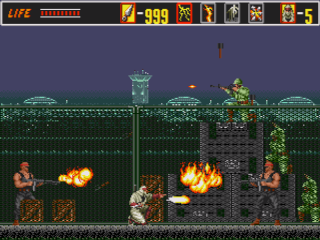
The soundtrack was scored by the genius talent of Yuzo Koshiro, with “Terrible Beat” and “Over the Bay” giving listeners an idea of what further heights he would achieve using the Mega Drive’s audio chip in later titles, such as Streets of Rage. My favourite is Terrible Beat, which plays throughout each intense Boss fight and is a mixture of rolling drums and electric synths, capturing the atmosphere of terror which accompanies encountering Revenge’s many deadly bosses.
The Bosses are another reason why this title has gained classic status and also landed Sega into some legal difficulties. Once you begin to make your way through the later levels of the game, it becomes obvious that the developers were heavily influenced by various comic book characters of the time. At the end of stage six, both Spiderman and Batman make an appearance as the end of level bosses, in the subsequent level, Godzilla must be destroyed to make it to level 8.
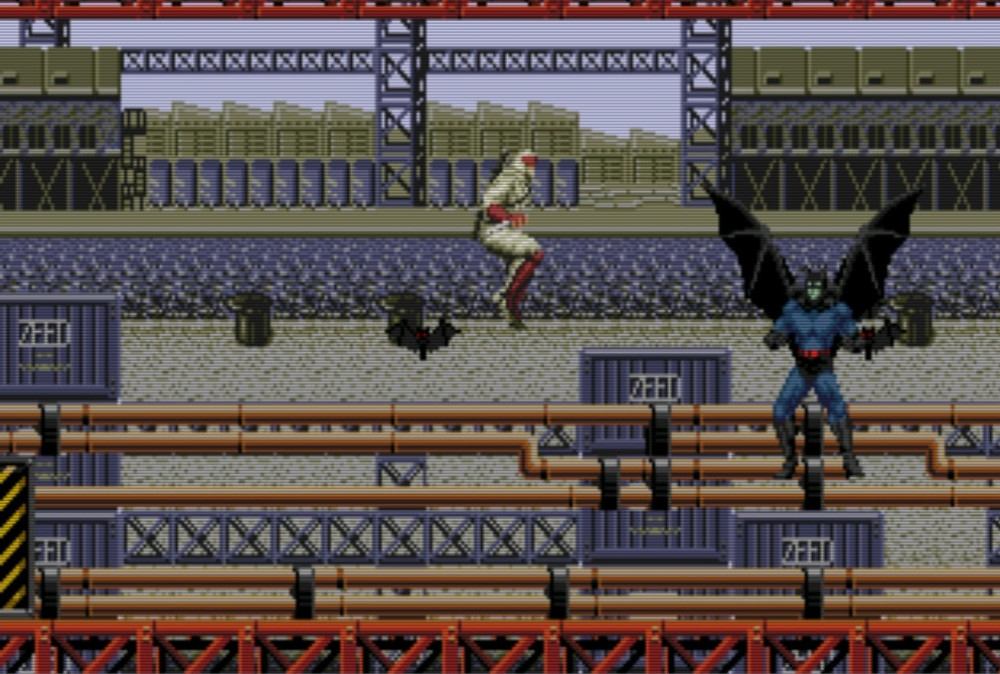
After both Marvel and DC began to make legal noises, Sega made several code changes to later cartridges, changing both Batman and Godzilla. Batman became a flying demon and Godzilla was changed into a skeletal monstrosity – with bleach white bones and showing his internal organs. One of my favourite boss battles is the end of level 4 encounter with The Terminator! Yes, Arnie makes an appearance in the Junkyard level and as he takes damage eventually reveals his metallic insides before eventually exploding. These were all thrilling encounters with popular cultures most enduring cinematic and comic book icons which heightened the experience and it’s still possible to find these older, unchanged cartridges containing the original boss battles today.
Over 20 years later and this is still one of the best games that I have ever played on any system, the combination of incredible graphics, which at the time were astonishing to have been produced for a home system and not the arcade, the pounding techno soundtrack and the challenging and rewarding gameplay were a showcase for what the Mega Drive was capable of.
Advertisements Share this:

